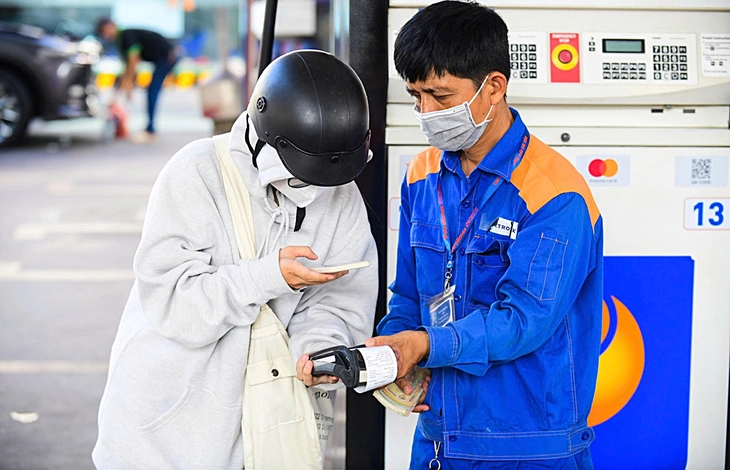
Many gas stations in Ho Chi Minh City accept contactless card payments - Photo: QUANG DINH
Many young people even use smart electronic devices with integrated credit cards so they don't need to carry a physical card, all payments take place in a snap and are contactless regardless of whether they are domestic or international.
Say goodbye to wallet, just phone
On a rainy afternoon in late May, Mr. Tran Dinh Hoang (30 years old, living in Thu Duc City) stopped at a gas station on Phan Xich Long Street (Phu Nhuan District) and asked: "Fill up the tank and tap your card". After filling up the tank with the amount displayed as 85,532 VND, the employee held the POS payment machine, pressed the payment button and showed it to Mr. Hoang.
Raising his left arm, which was wearing a smart watch, Mr. Hoang swiped a few operations on the watch and then pressed the watch face close to the POS machine. In less than a second, the watch displayed the letter "v" and made a "ting ting" sound, completing the payment under the strange eyes of many people filling up gas around who were struggling to pay in cash.
For over a year, Mr. Hoang has completely given up the habit of using cash and receiving change every time he fills up gas when he integrates his credit card into his phone and smart watch. Moreover, all of this young man's daily expenses revolve around his phone and watch because this credit card with a limit of 100 million VND also has the feature of accumulating points and refunding money.
"Now, whether I pay from a few thousand to tens of millions of dong, I still use a credit card, because the card I am using has an annual fee of 400,000 dong/year. Every time I use it, I get points to convert into money, sometimes a few hundred thousand dong, and importantly, many restaurants and services will have discounts if I use the card, so I save quite a bit after each promotion," said Mr. Hoang.
Meanwhile, Mr. Nguyen Binh Nguyen (33 years old, Tan Binh district) owns a "collection" of 5 credit cards with the highest limit of 85 million VND/card. In addition to convenience, according to Mr. Nguyen, credit cards also bring many attractive incentives such as accumulating points, refunding money or receiving gifts when reaching the spending threshold.
"I often accumulate points to deduct directly from restaurant bills, use to waive annual credit card fees or buy electronic items such as cheap headphones," said Nguyen, adding that he often "volunteers" to help pay for orders or buy airline tickets for friends to have a good spending history that brings many incentives.
Small traders also do not use cash.
Walking around traditional markets in Ho Chi Minh City, the image of vendors showing QR codes to customers has become familiar. Familiar sounds such as the question "Do you have change?" are now replaced by the "ting ting" sound of money arriving with the confirmation: "Have you received it?", "Do you want to transfer to Momo, ZaloPay, QR code or bank account?".
Many traders at Ba Chieu market admitted that they used to be hesitant when hearing about "QR code", "bank transfer", "e-wallet" because they were worried about losing control of cash flow. But when customers carry less and less cash and constantly ask for bank transfers, they are forced to change.
"Customers now all transfer money, rarely pay in cash anymore, especially after the pandemic. If we don't follow this, we will lose customers," said Ms. Nguyen Tran Y Nhi, a vendor at Ba Chieu market.
Not only the vendors at the market, many small grocery stores located deep in alleys are also changing to catch up with the trend. Ms. Mai Lan (53 years old) - owner of a grocery store on Le Van Sy Street (District 3) - said that she started approaching QR payments from young customers. "Now, when the kids buy a few candies for 2,000 VND, they ask me if I accept money transfers?", she said.
At first, Ms. Lan only read out the bank account number for customers to enter, but then she kept making mistakes: people entered missing numbers, extra numbers, or transferred to the wrong person. After that, Ms. Lan had her son create a permanent QR code.
"At first, I was worried about what if a customer transferred money and I didn't receive it. Then my child installed a speaker that linked to a bank and an e-wallet, so that when there was a transaction, it would immediately notify me of the amount of money I had just received, so I didn't have to keep looking at my phone. Now I'm used to it, it's much more convenient than cash," said Ms. Lan.
Also located in an alley on Le Van Sy Street (District 3), Mr. Tran Vy - owner of a fried noodle shop - said that although most of the customers are elderly people in the market neighborhood, about 50% of transactions at the shop have been switched to cashless.
"Now people like it, even the vegetable vendor on the street has a QR code, let alone us who sell food" - Mr. Vy said and added that "I prefer cashless payment because I don't have to worry about having too much or too little, I don't have to bother changing small bills, it's a lot easier".
E-commerce continues to grow strongly
According to data from the National Payment Corporation of Vietnam (NAPAS), electronic payment methods have increased sharply in 2024. Specifically, the NAPAS system processed an average of more than 26 million transactions/day, an increase of 29.5% in quantity and 14.4% in transaction value compared to 2023.
Of which, the NAPAS 247 fast money transfer service recorded an increase of 33.5% in number and 14.9% in transaction value. Notably, the money transfer method by scanning VietQR code developed remarkably, with the number of transactions increasing 2.2 times and the transaction value increasing 2.6 times compared to the same period last year.
Meanwhile, cash withdrawal services via ATMs through the NAPAS system in 2024 recorded a decrease of 19.5%, accounting for only 2.4% of total transactions across the system.
Source: https://tuoitre.vn/nguoi-tre-khong-xai-chiec-vi-truyen-thong-khong-dung-tien-mat-20250529081228847.htm








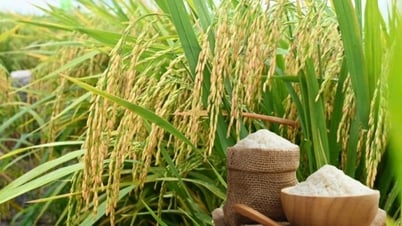

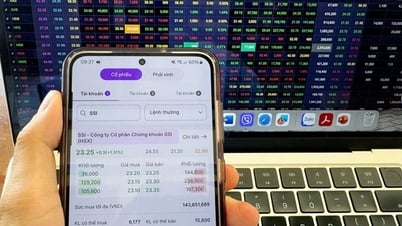

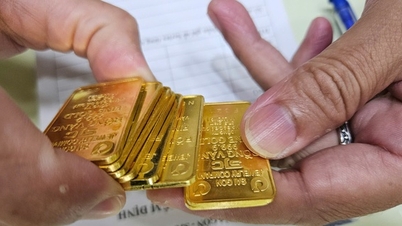
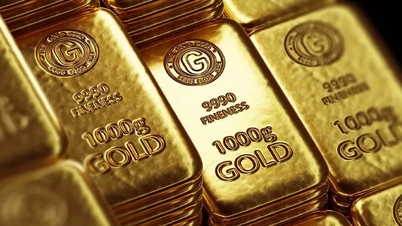


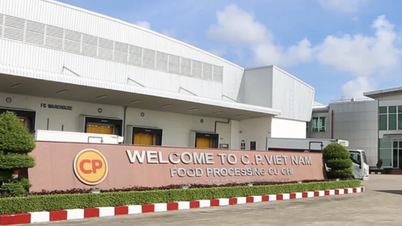









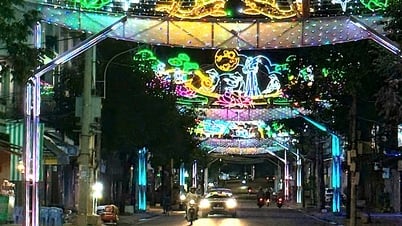


























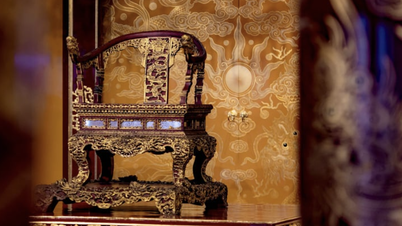

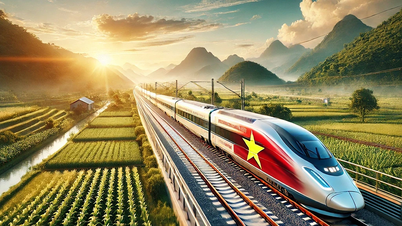



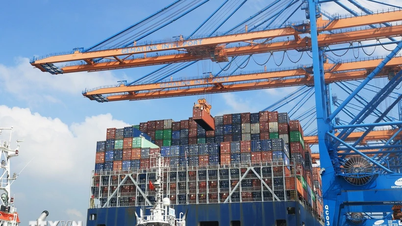










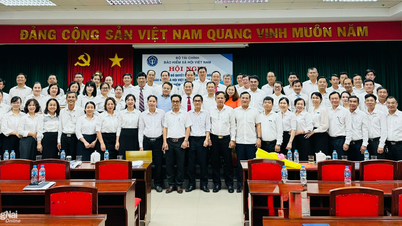

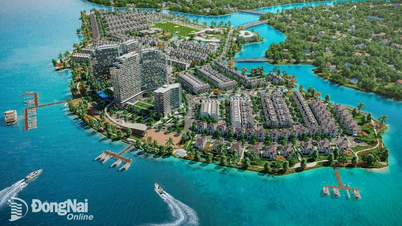

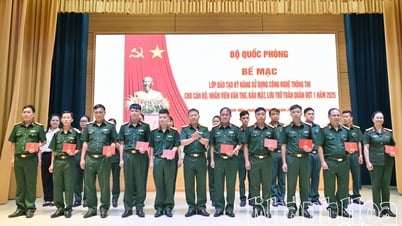







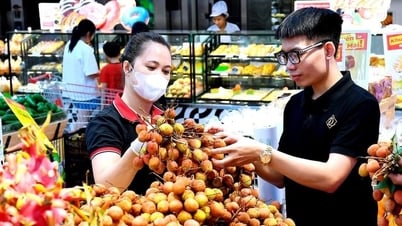






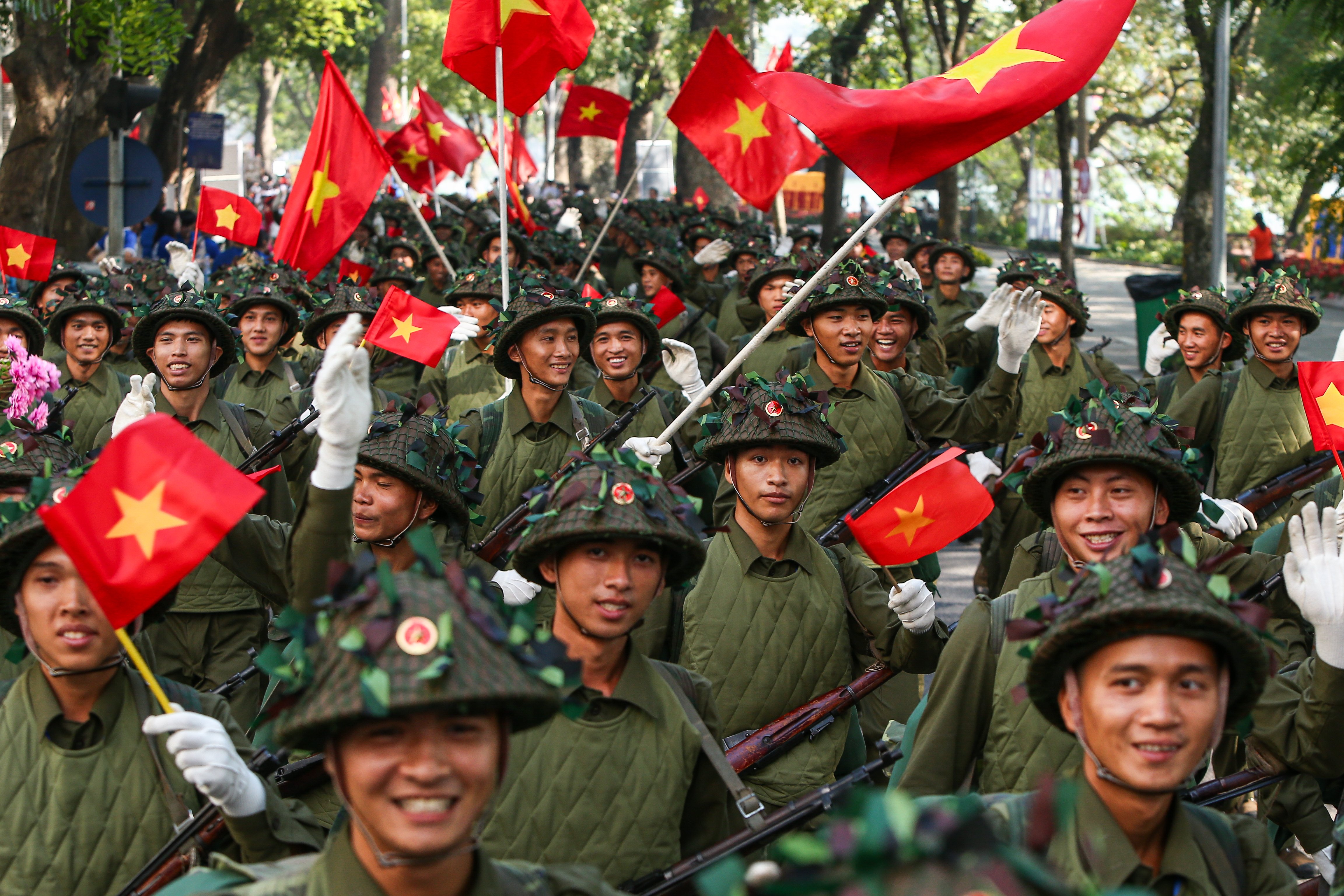



Comment (0)